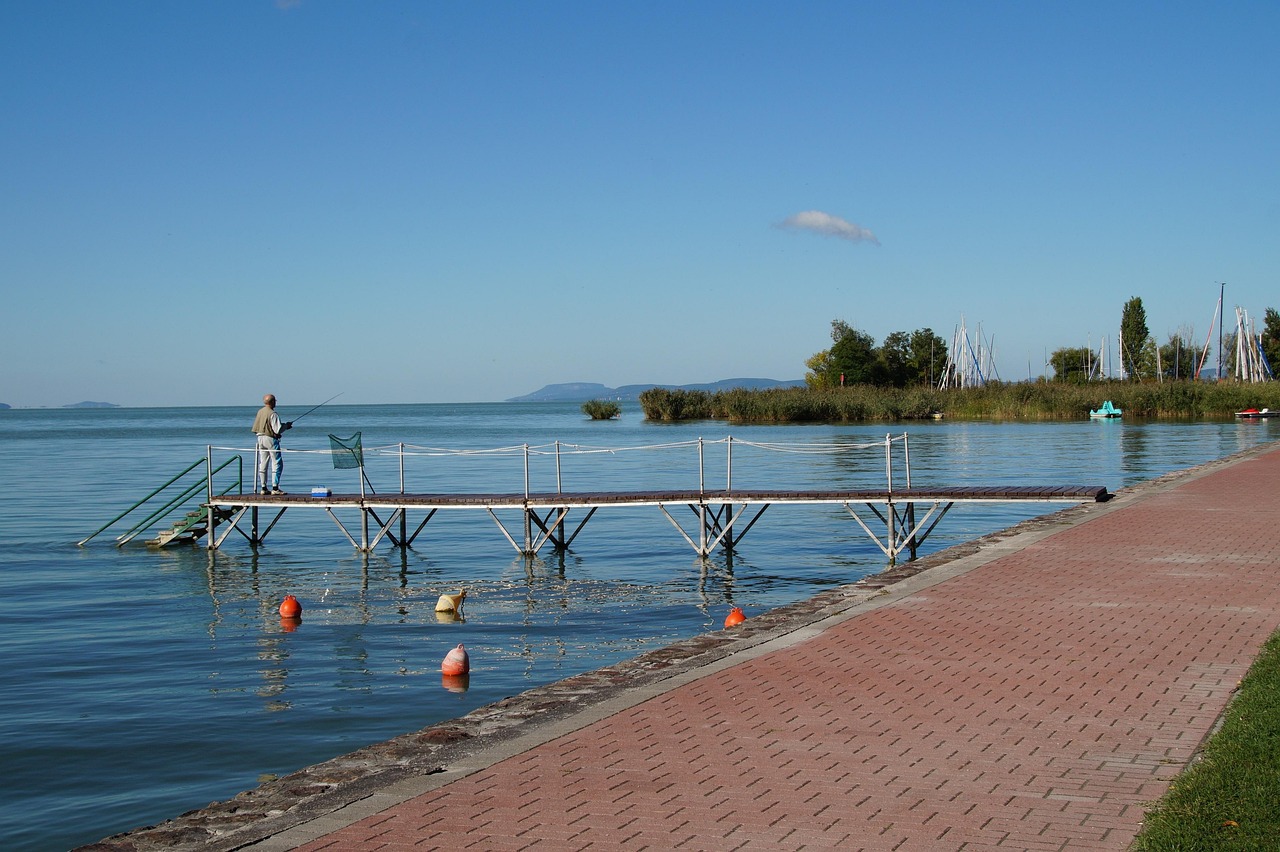Hungarian beaches stand empty despite summer heatwave – but why?

Despite scorching summer temperatures, Hungarian beaches remain unusually empty—even in mid-July. In recent years, weekend crowds used to pack swimming spots, but today, only a handful of visitors lounge around the pools, even at the height of the season. It’s a surprising sight—and one that could have serious financial implications for bath operators.
After the packed scenes of previous summers, some might find peace in the current quiet. But for most, the absence is not a matter of choice, but necessity. According to Blikk, rising inflation and living costs have priced many families out of frequent beach visits. Trips that once happened several times a week are now down to once a month—or less.
- Heatwave: These are the best free beaches in Hungary!
Prices soar sky-high
Entry fees continue to climb each year. A few summers ago, access to Budapest’s Paskál Beach cost less than 3,000 forints. Now, a weekend ticket goes for 5,100. And that’s not even among the most expensive options: across the country, day passes for adults range between 8,000 and 10,000 forints in some places. Add to that the cost of food: a cheese-and-sour-cream lángos runs 2,500 forints, and even the most basic ice cream comes in around 2,000. These prices are simply out of reach for many families.

Beach cafés are seeing fewer purchases as cost-conscious visitors turn to alternatives: homemade sandwiches, pizza deliveries to the gate, and fast food from nearby chains. Increasingly, people bring coolers—just like in the 1980s and ’90s—to save on food costs. Vendors say that even when beach attendance seems decent, sales fall well short of expectations.
The future of Hungarian bathing culture: Another wave of closures?
Falling visitor numbers, rising operational costs, and new EU regulations are putting growing pressure on Hungary’s beach operators. One of the latest mandates requires medicinal pools to be upgraded with modern circulation systems—a renovation that can cost up to 100 million forints.
- Budapest’s best budget beaches: where to cool off without breaking the bank
For smaller rural or suburban facilities, that expense is often untenable. Without a grace period or government support, experts warn that Hungary could see a repeat of the early 2000s, when dozens of bathhouses—like Budapest’s Cinkota and Albertfalva locations—shuttered for good due to lack of funds for required upgrades.

Current trends suggest that without meaningful intervention, Hungary’s beach culture could spiral into crisis. Operators can’t raise prices much further without losing even more visitors, yet they also can’t generate enough income to stay afloat. The likely solution lies in targeted government subsidies, grants, or the loosening of regulatory requirements.
Beach day or wellness getaway?
Although Budapest and Lake Balaton continue to draw foreign tourists each year, this crowd rarely flocks to traditional public beaches. International visitors tend to prefer water parks, wellness centers, or private hotel pools. As a result, classic pay-to-enter beaches see little benefit from tourism, further burdening local providers.

For years, beachgoing in Hungary was a summer staple—a nearly everyday escape for the masses. Today, it feels more like a luxury than a weekend habit. The future of this cultural mainstay hinges on whether policymakers and service providers can make the beach experience affordable, attractive, and sustainable again—otherwise, a cherished slice of Hungarian life could soon disappear.
To read or share this article in Hungarian, click here: Helló Magyar
Click for more news about Hungarian baths.







